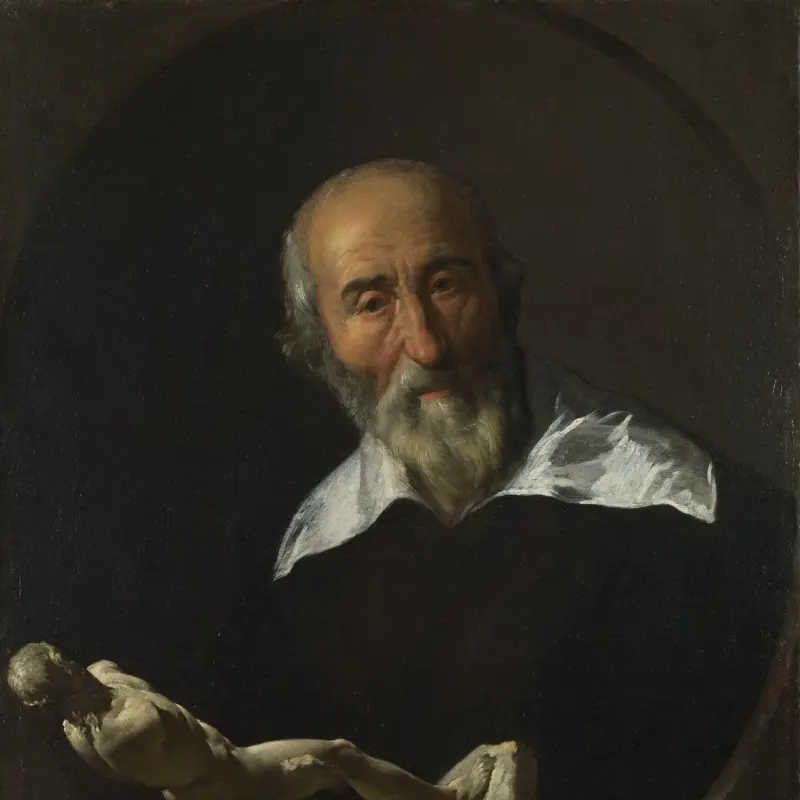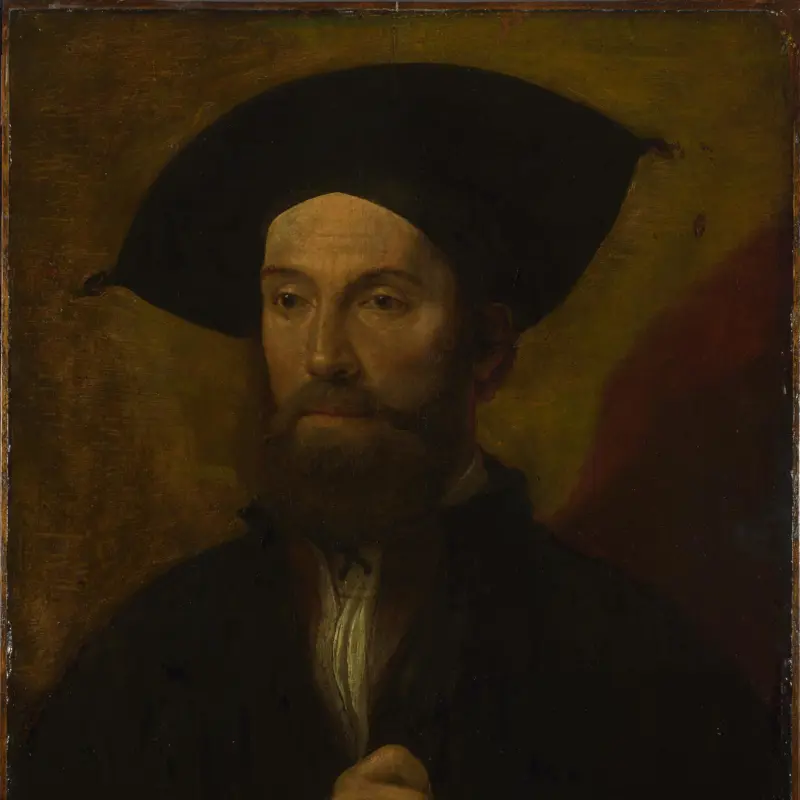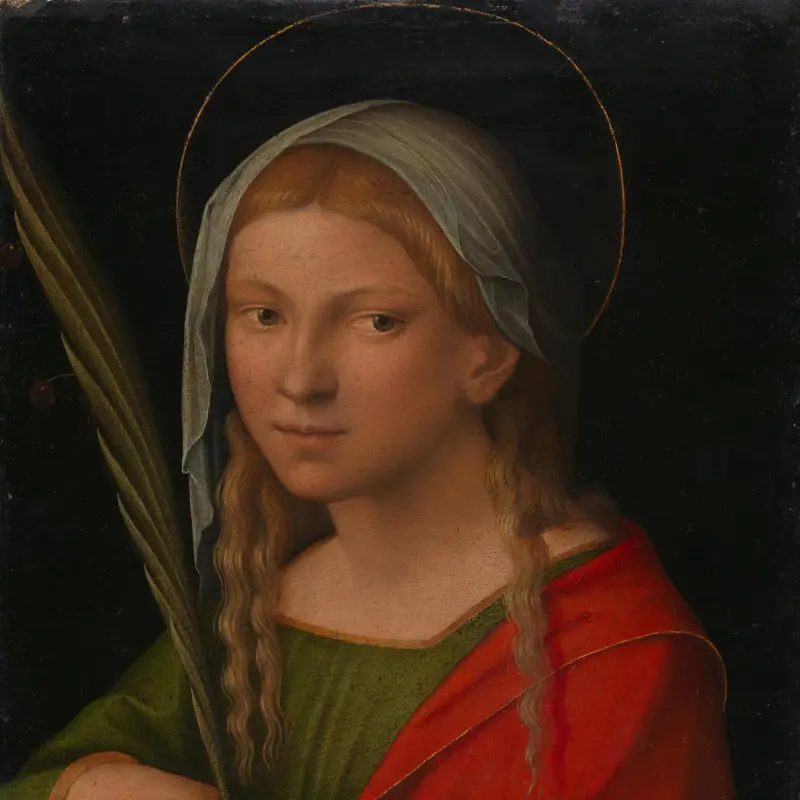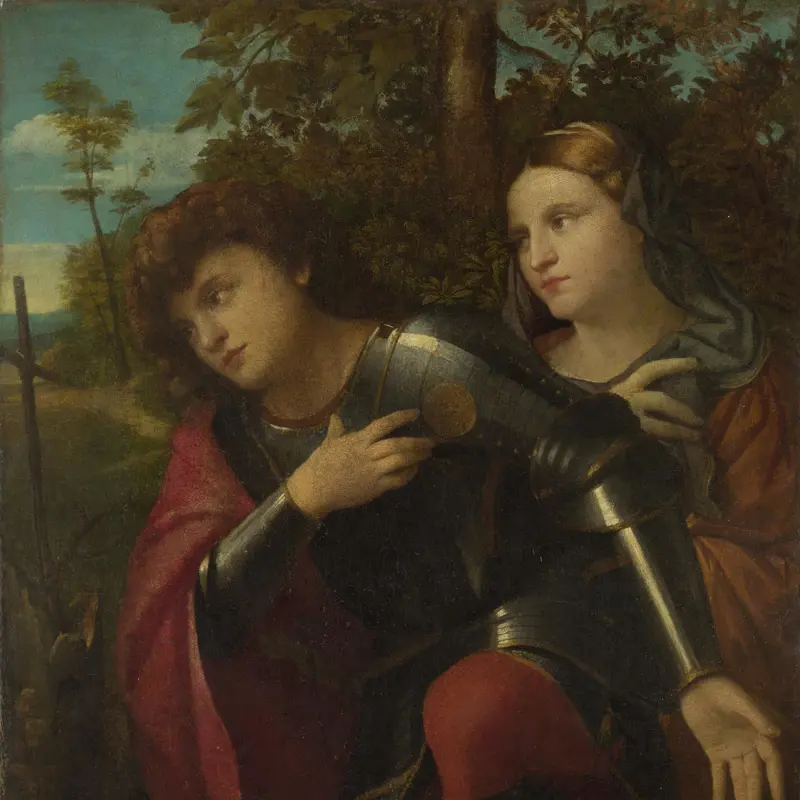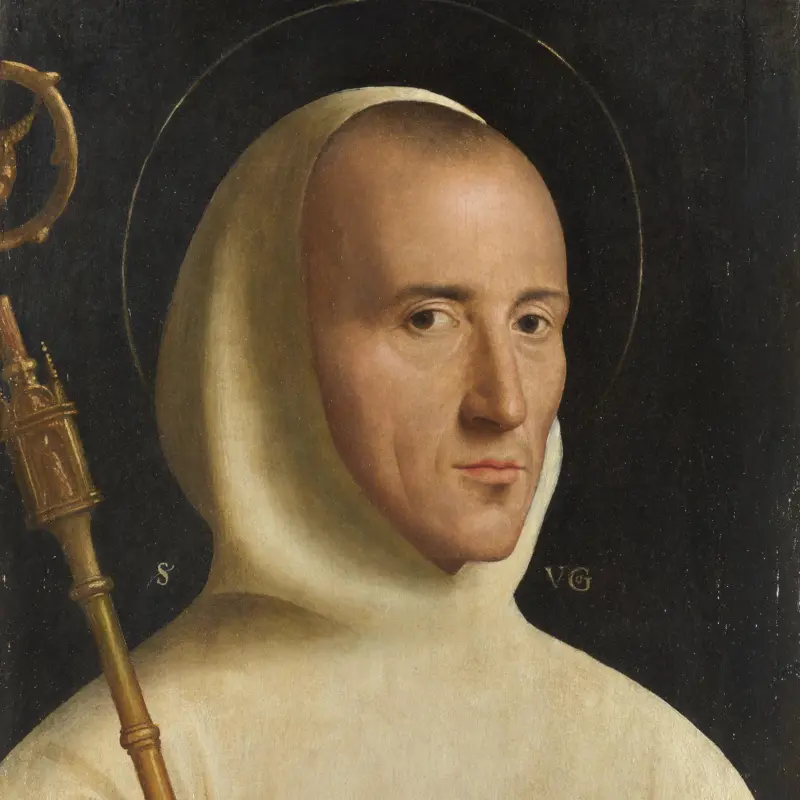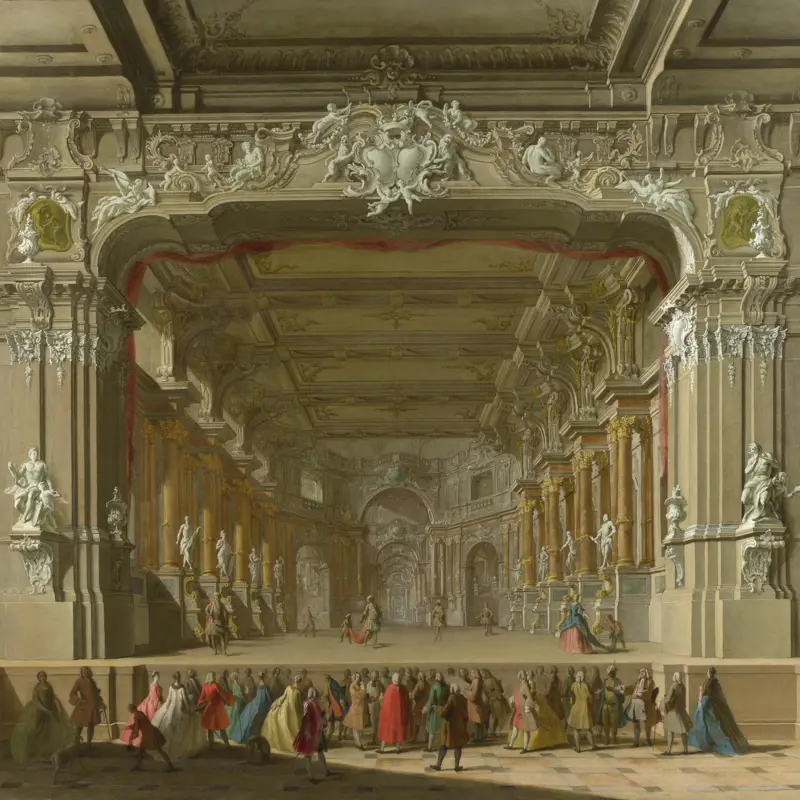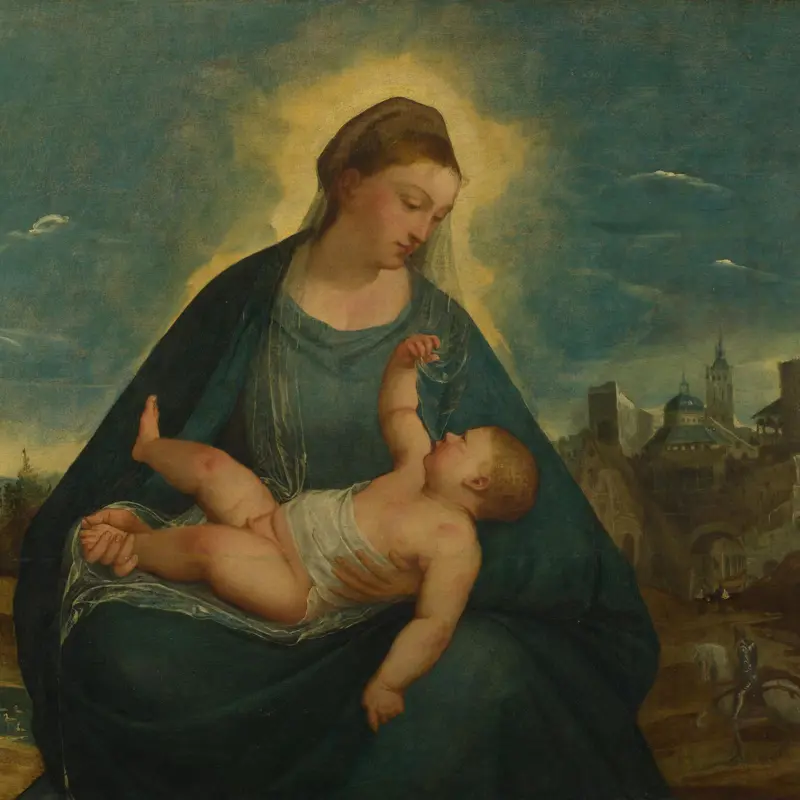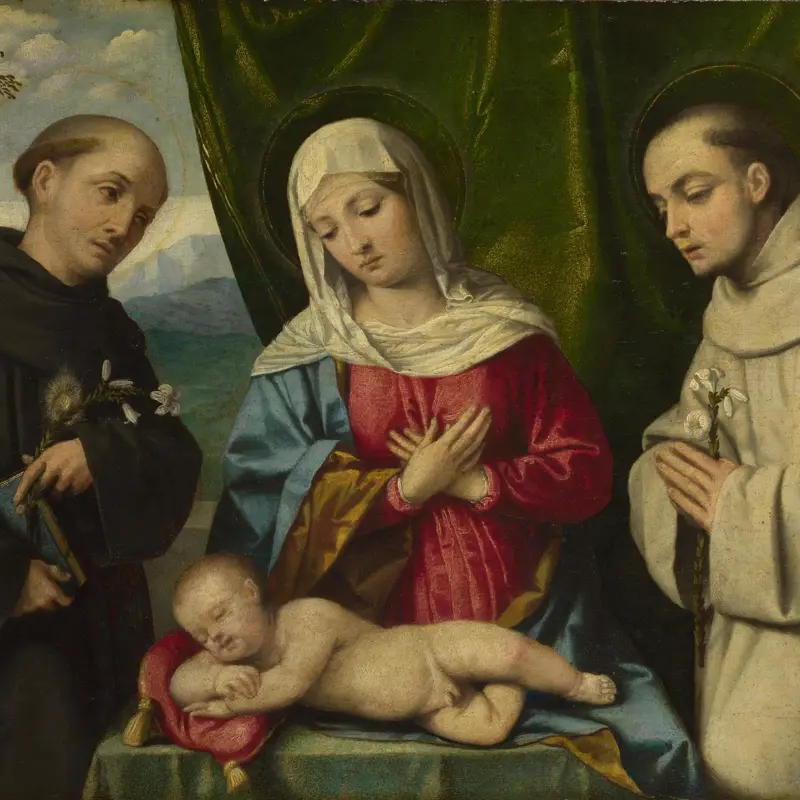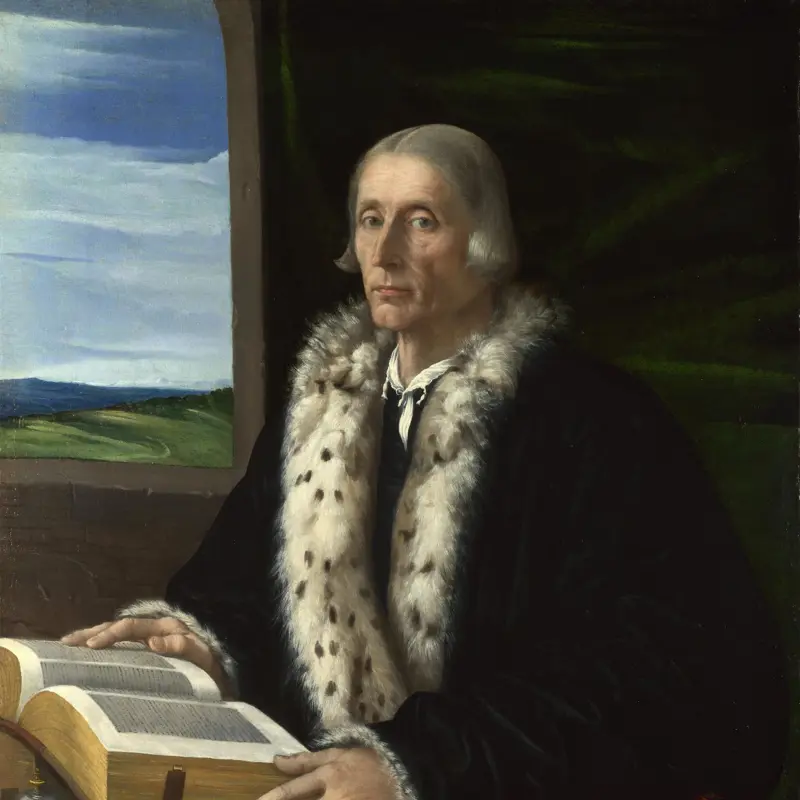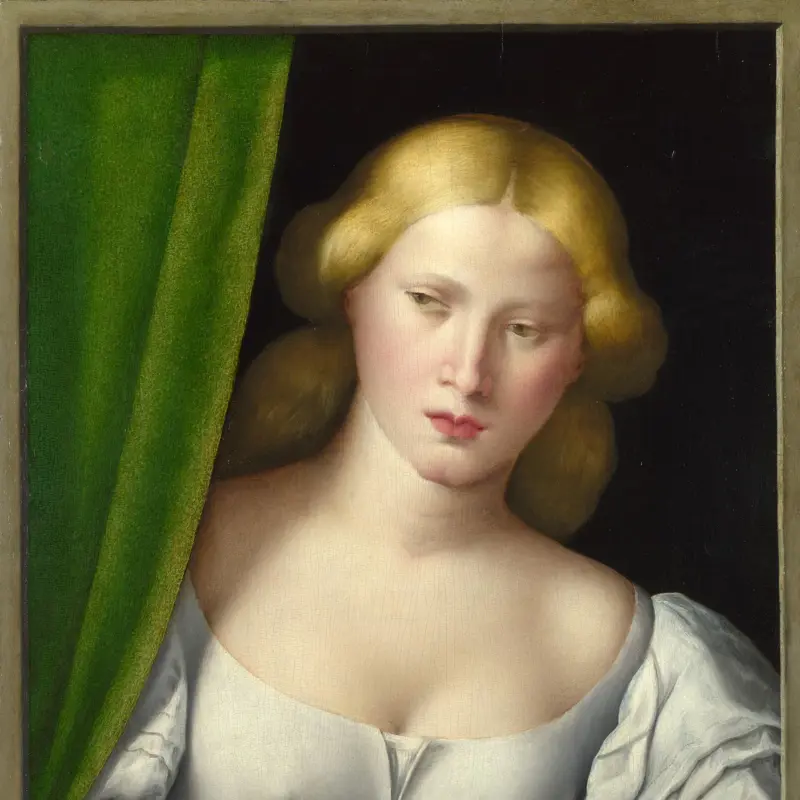Italian, North, 'The Virgin and Child with Roses and Laurels', about 1510-20
About the work
Overview
The Virgin Mary sits on a stone bench and holds the infant Christ on a cushion on her lap. She may have just lifted him and the cushion from the low wall in front of her.
The flowers of the rose bush behind Christ are associated with purity and suffering, and are intended to remind us of Christ’s sacrifice for humanity. The laurel bush behind the Virgin is a symbol of distinction and acts as a halo behind her head. The identity of the other shrub behind her is not clear; it probably has an additional meaning relating to the Virgin.
This picture, which was once very famous, was formerly believed to be by Giorgione, Moretto da Brescia or Palma Vecchio. Unfortunately it is so damaged and has been so extensively overpainted over the years that it is now very difficult to tell who it is by.
Key facts
Details
- Full title
- The Virgin and Child with Roses and Laurels ('La Vierge aux Lauriers')
- Artist
- Italian, North
- Date made
- about 1510-20
- Medium and support
- oil, originally on wood, transferred to canvas
- Dimensions
- 90.7 × 72.3 cm
- Acquisition credit
- Salting Bequest, 1910
- Inventory number
- NG2495
- Location
- Not on display
- Collection
- Main Collection
- Previous owners
Provenance
Additional information
Text extracted from the ‘Provenance’ section of the catalogue entry in Nicholas Penny, ‘National Gallery Catalogues: The Sixteenth Century Italian Paintings’, vol. 1, ‘Paintings from Bergamo, Brescia and Cremona’, London 2004; for further information, see the full catalogue entry.
Bibliography
-
1959Gould, Cecil, National Gallery Catalogues: The Sixteenth Century Venetian School, London 1959
-
1987Gould, Cecil, National Gallery Catalogues: The Sixteenth Century Italian Schools, London 1987
-
2001
C. Baker and T. Henry, The National Gallery: Complete Illustrated Catalogue, London 2001
-
2004
Penny, Nicholas, National Gallery Catalogues: The Sixteenth Century Italian Paintings, 1, Paintings from Bergamo, Brescia and Cremona, London 2004
About this record
If you know more about this work or have spotted an error, please contact us. Please note that exhibition histories are listed from 2009 onwards. Bibliographies may not be complete; more comprehensive information is available in the National Gallery Library.


